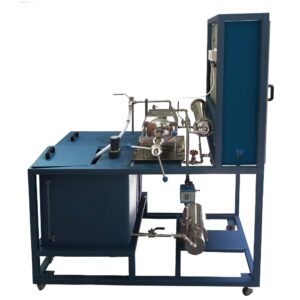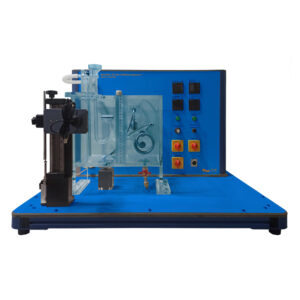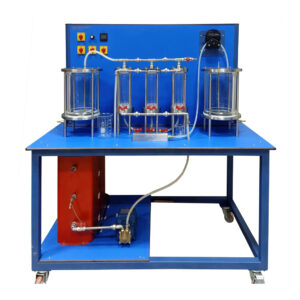To clarify intermediate products, plate and frame filter presses are employed in the beverage sector. In a tank, water and diatomite suspension are made (recommended). A pump makes sure the solid doesn’t settle and stays in suspension. The plate and frame filter press’s distinct separating chambers receive the suspension from the pump. One filter frame and two filter plates combine to create a separating chamber. Filter cloths are placed on top of the grooved filter plates. The filtrate travels through the filter cloth and into a collecting pipe through the grooves in the plates. Through the collecting pipe, the filtrate leaves the plate and frame filter press and is collected in the filtrate tank. The filter cloth is where the solid material is split off, where it grows into a filter cake. The filter cake’s flow resistance rises as it gets thicker. The filtration procedure is completed when the separating chamber is filled or a maximum pressure difference has been attained. The plate and frame filter press’s plates and frames are separated. One can take out the filter cake. The plates and frames need to be pressed back together for the subsequent filtration. They are pressed together using a spindle. The push pressures make sure that the suspension is forced through the filter cloth and not leaked from the contact points between the plates and frames. A valve controls the flow rate through the plate and frame filter press. On a manometer, the pressure that is experienced during filtration is displayed. Scaling exists in the filtrate tank. This implies that the flow rate can be determined using a timer. The solid concentration of the filtrate may be evaluated thanks to an incorporated opacimeter. The tests should be evaluated in a drying chamber.
Experiments
- Learning the fundamental principle and method of operation of a plate and frame filter press
- Production of a suspension
- Removal of the filter cake
- Insertion of the filter cloth
- Fundamentals of cake filtration
- Darcy’s equation
- Variation in time of filtrate quantity and solid concentration in filtrate
- Mass of filter cake dependent on filtrate quantity
Specification
- Plate and frame filter press for discontinuous cake filtration
- Steel tank to produce a suspension
- Centrifugal pump to deliver the suspension to the plate and frame filter press
- Plate and frame filter press with 10 opening separating chambers for removal of the filter cake
- PMMA tank with level scale for filtrate
- Adjustment of suspension flow rate by valve
- Pressure Gauge at inlet
- Portable opacimeter to measure the solid concentration in the filtrate (optional)




